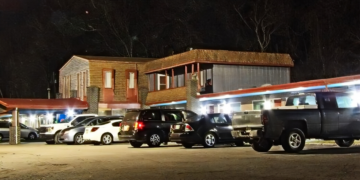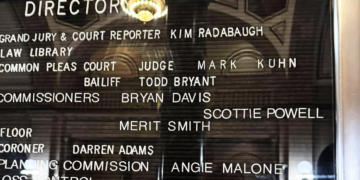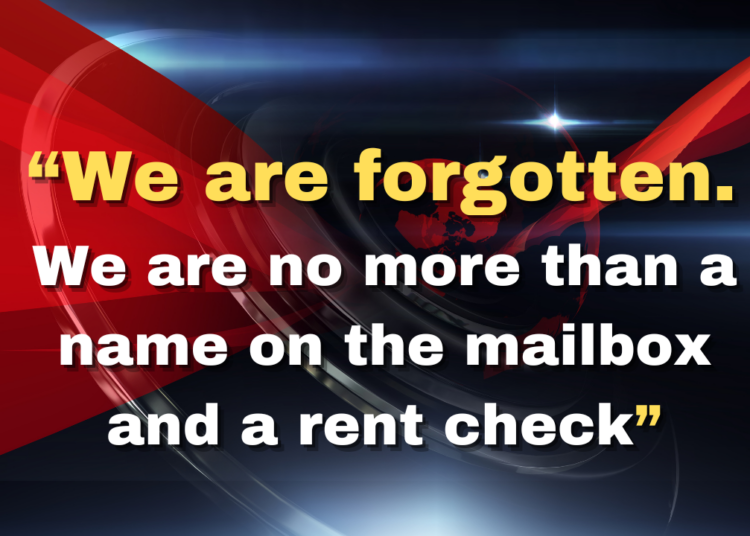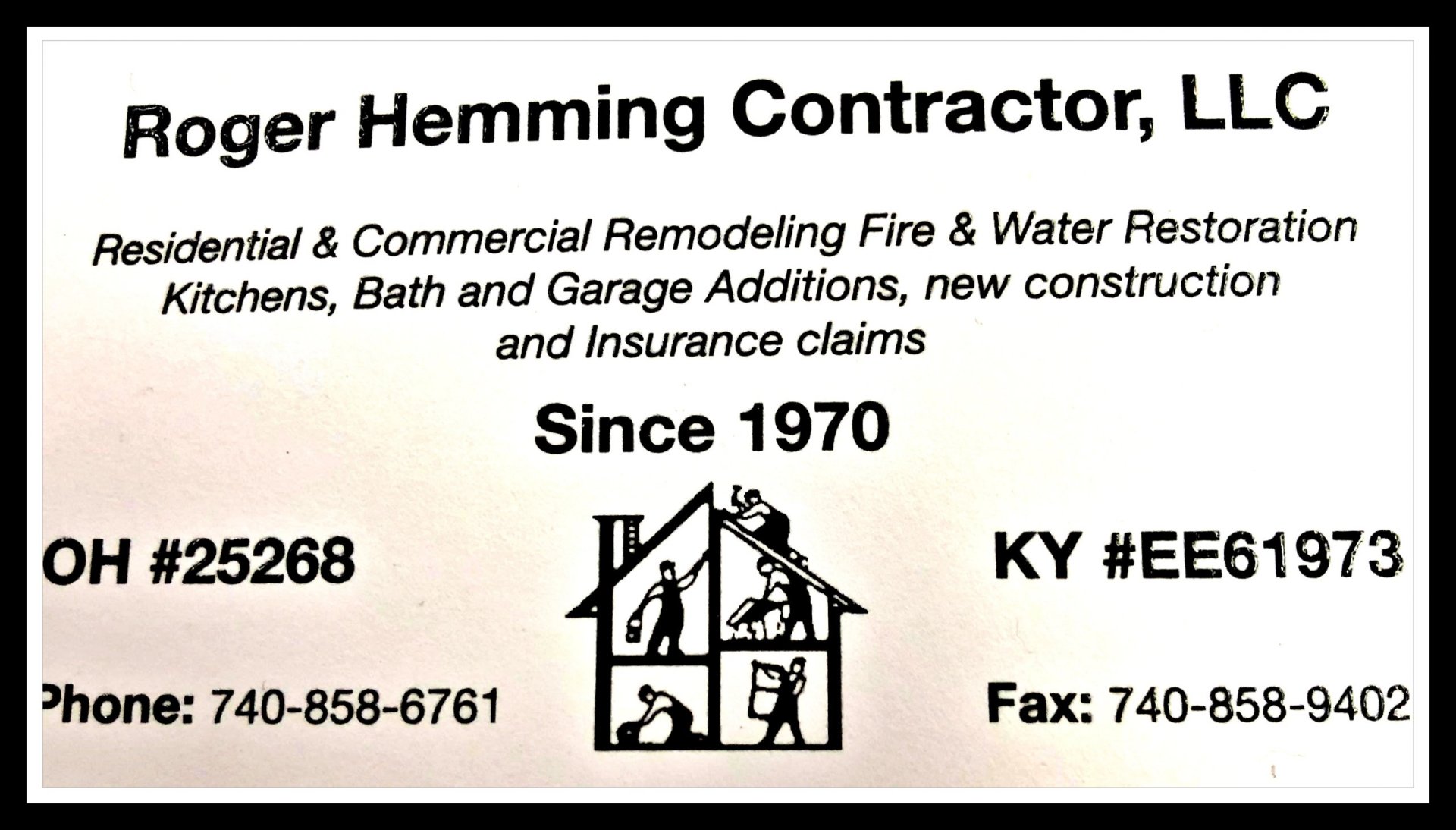After more than a month trapped on the sixth floor of Buckeye Towers, a 78-year-old resident has launched a GoFundMe campaign to buy an elevator herself, saying she is out of hope, out of patience, and out of time.
“I want out of here,” wrote Wanda Schroedel, who says she has not been downstairs in over a month and is missing holidays, family events, and visits with a loved one in hospice. “We have no hope. We don’t know when this will be fixed… This is depressing, stressful. I wake up gasping for breath.”
Her story — and her GoFundMe — paint a painfully vivid picture of life inside the senior high-rise, where both elevators have been out of service since October 18, trapping dozens of elderly and disabled residents on upper floors.
But while Wanda’s goal is $6,500, industry experts say the actual cost of a replacement elevator system for a building like Buckeye Towers ranges from $125,000 to more than $250,000 — and sometimes closer to $1 million, depending on modernization needs.
And according to an expert from Otis Elevator Company, the world’s largest elevator manufacturer, what’s happening at Buckeye Towers is not an isolated failure — it’s part of a massive national crisis.
“We Have No Working Elevators. None.”
In her GoFundMe appeal, Wanda describes in heartbreaking detail what life has been like since both elevators failed:
- She lives on the sixth floor and her cousin, Mary, who had polio as a child and cannot walk, lives on the eighth floor.
- Mary’s daughter died during the outage, and “it took an act of Congress” just to get her family inside the building.
- Residents have missed doctors’ appointments, birthdays, holidays, and basic social activities.
- Many haven’t left their apartments in over a month.
“We are forgotten. We are no more than a name on the mailbox and a rent check. The oldest woman here cries because all she wants is to get out to church.”
Wanda emphasized repeatedly that she does not blame the on-site manager or maintenance staff, who she says are overwhelmed. Her anger is directed at the building owners and past management companies:
“The elevator people have said time and time again that it’s time for a new elevator. They cannot continue to put Band-Aids on these elevators. They are dangerous… They have dropped from higher floors. People have been trapped.”
Why Elevator Replacement Is So Expensive — And Why Repairs Take So Long
To understand the larger picture behind these long delays, Scioto County Daily News spoke with Ed Jacovino of Otis, who explained that the elevator industry is experiencing the worst parts shortage in decades — and that millions of elevators across the country are hitting their breaking point at the same time.
The 20-Year Failure Window
“What you’re seeing in Portsmouth is happening everywhere,” Jacovino said.
“Around the 20-year mark, major moving parts begin to fail. That’s when we tell building owners it’s time to start thinking about modernization.”
Buckeye Towers’ elevators — repeatedly patched, repeatedly failing — fall squarely into this danger zone.
Why Replacement Parts Are Impossible to Find
Jacovino explained that many older elevators were built by companies that no longer exist, leaving no parts supply:
- Parts must be removed, shipped to a machine shop, and recreated from scratch
- Sometimes molds or dies exist — but the part still has to be manufactured from nothing
- Diagnostics, shipping, installation, and testing can take weeks or months
“Unfortunately, the process is slow,” he said.
“When we’re the service provider and there’s no elevators working in a building, our teams are acutely aware of it.”
And the Bigger Crisis Is Only Beginning
There are 22 million elevators worldwide, Jacovino said — and 8 million of them are already in the modernization zone. That number will double to 16 million within a decade.
More people are living in tall buildings. The population is aging. And the repair system is not keeping up.
What an Elevator Really Costs
While Wanda hopes to raise $6,500, experts say even base-level modernization of an elevator system runs well into six figures.
Typical costs for an 8-story elevator system:
- $100,000–$1,000,000+ depending on scope
- $125,000–$250,000 is a common range for full modernization
What drives the price up?
- Type of elevator (hydraulic, traction, machine-room-less)
- Extent of modernization — replacing a few components vs. an entire system
- Building age — older buildings may need structural changes
- Electrical and fire-safety upgrades
- Interior finishes (flooring, panels, lighting, buttons)
- Labor and market costs
- Permits and code compliance
In short: Wanda’s $6,500 might fund critical supplies or safety improvements, but it can’t purchase a new elevator.
“I Want Out of Here for the Holidays”
More than anything, Wanda says she wants her independence back. She wants to spend Thanksgiving and Christmas with her grandchildren. She wants to see her loved one in hospice.
She wants her building’s owners — past and present — to show their faces and take responsibility.
And she wants her neighbors to know they are not alone.
“Everybody here has their own story,” she wrote.
“But do not walk into the lobby and see people talking and assume everything is okay. It is not okay. We are trapped.”
A Human Solution to a Mechanical Crisis
Wanda ends her plea with a warning — and a promise:
“You watch and see me. I will use whatever money I raise for something to get us out of here. You do not know who you’re messing with.”
As Scioto County grapples with elevator failures at the courthouse, the city building, and now Buckeye Towers, experts say the only long-term solution is modernization — and the only short-term solution is compassion.
For now, it’s the residents, volunteers, and New Boston firefighters who are keeping Buckeye Towers afloat.
And Wanda? She’s still waiting to come downstairs.





















































































